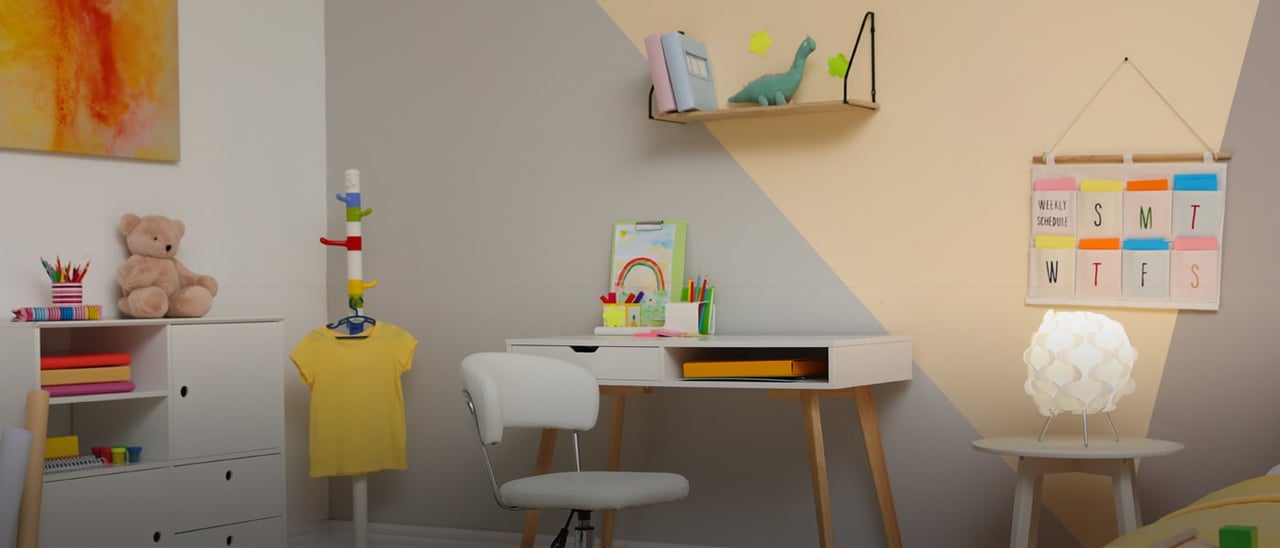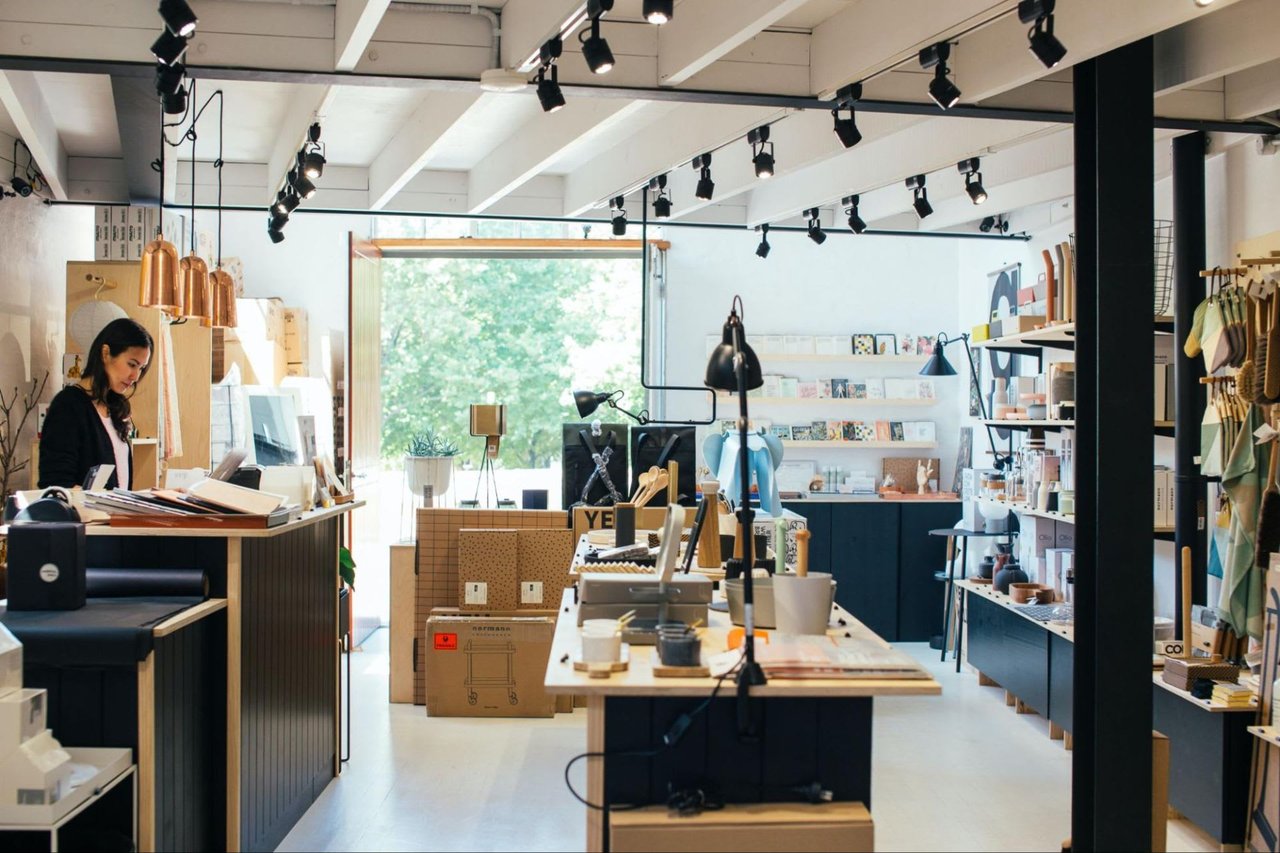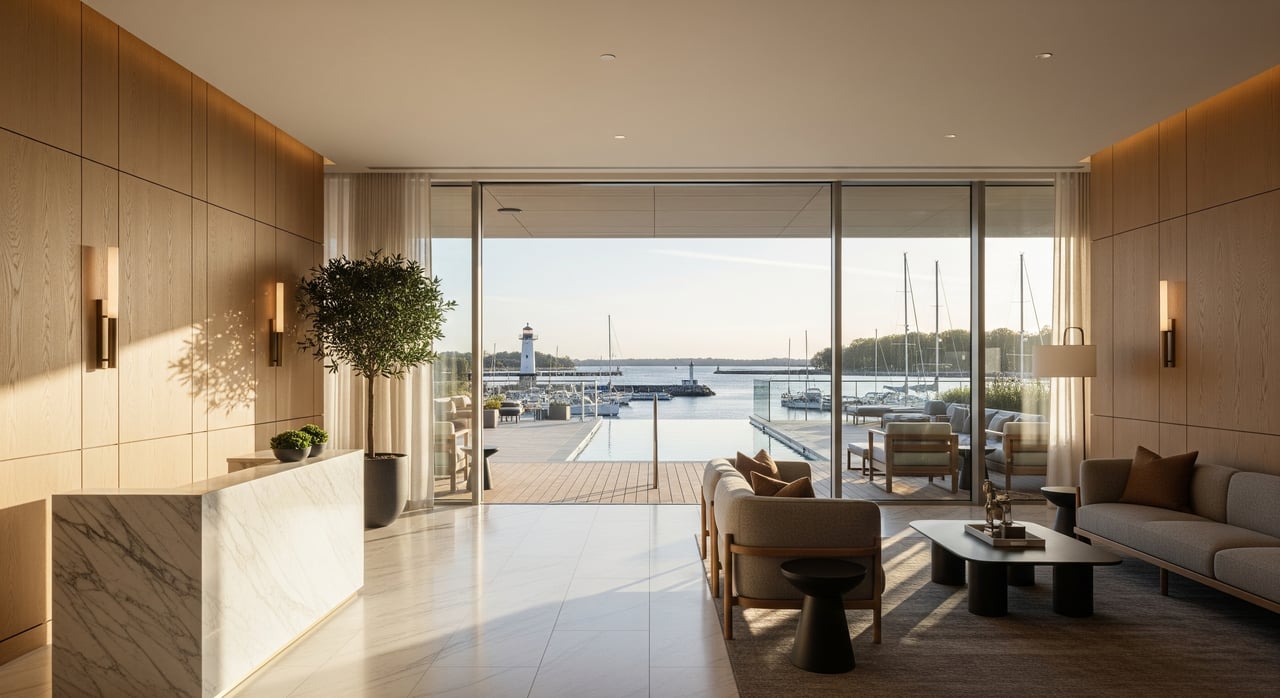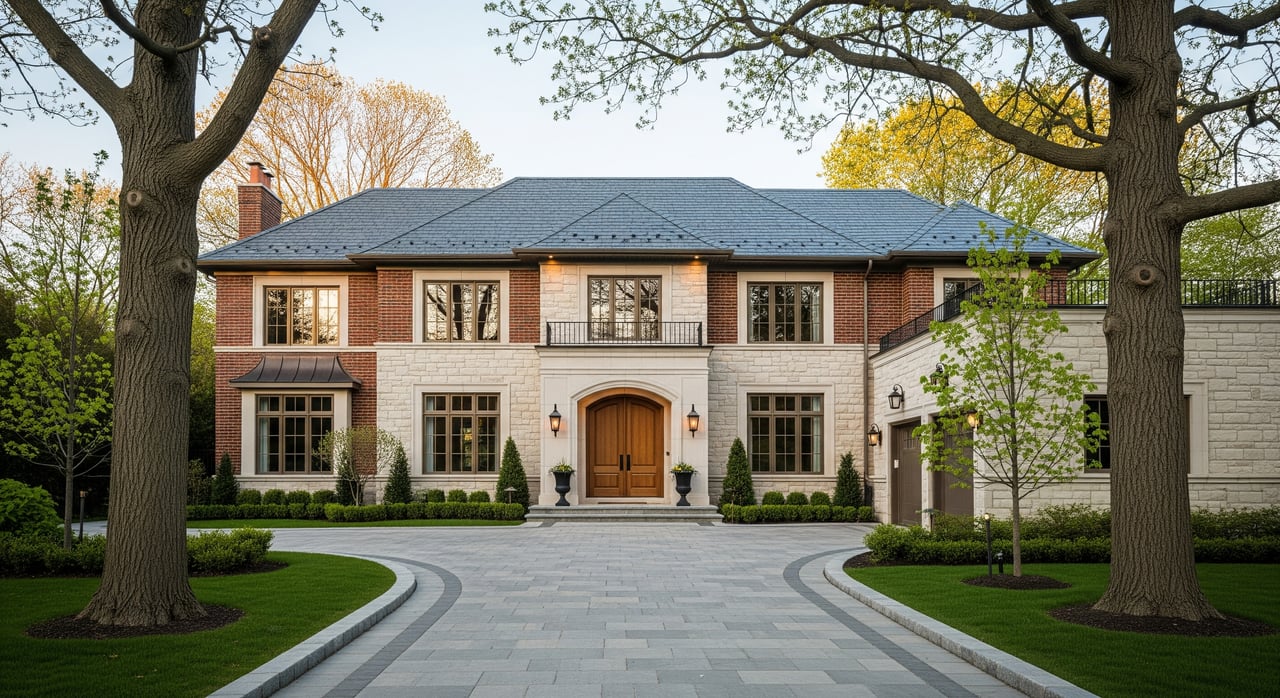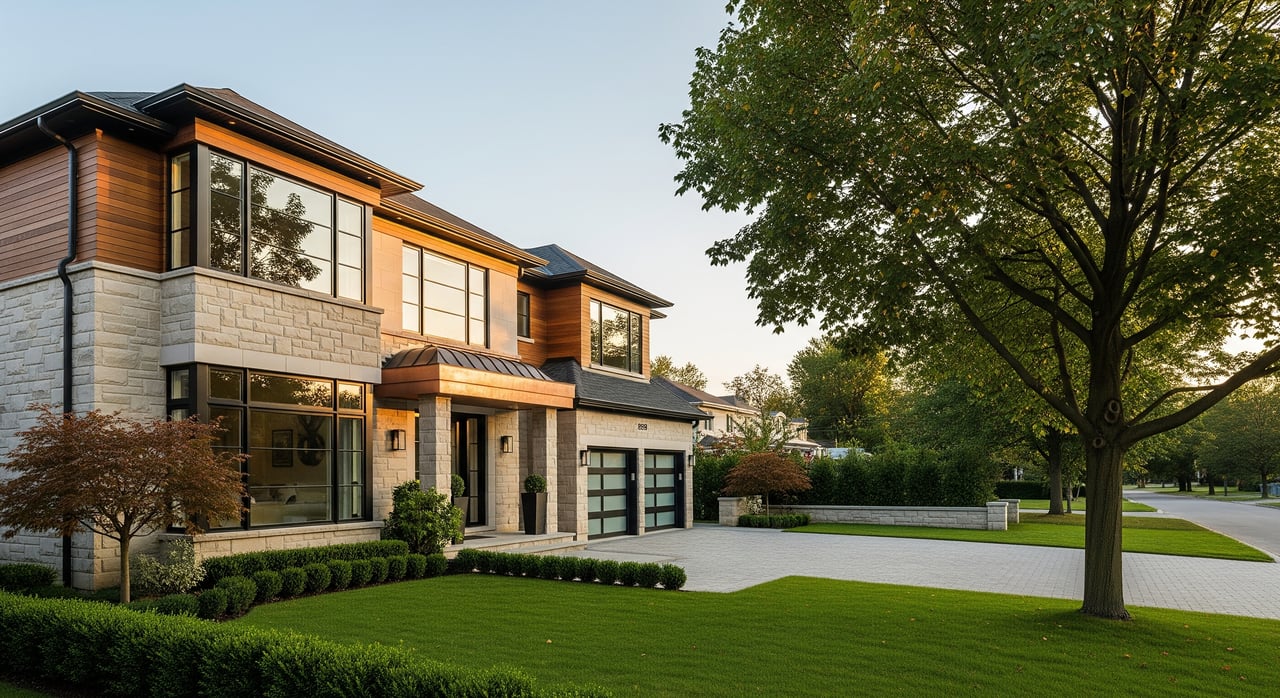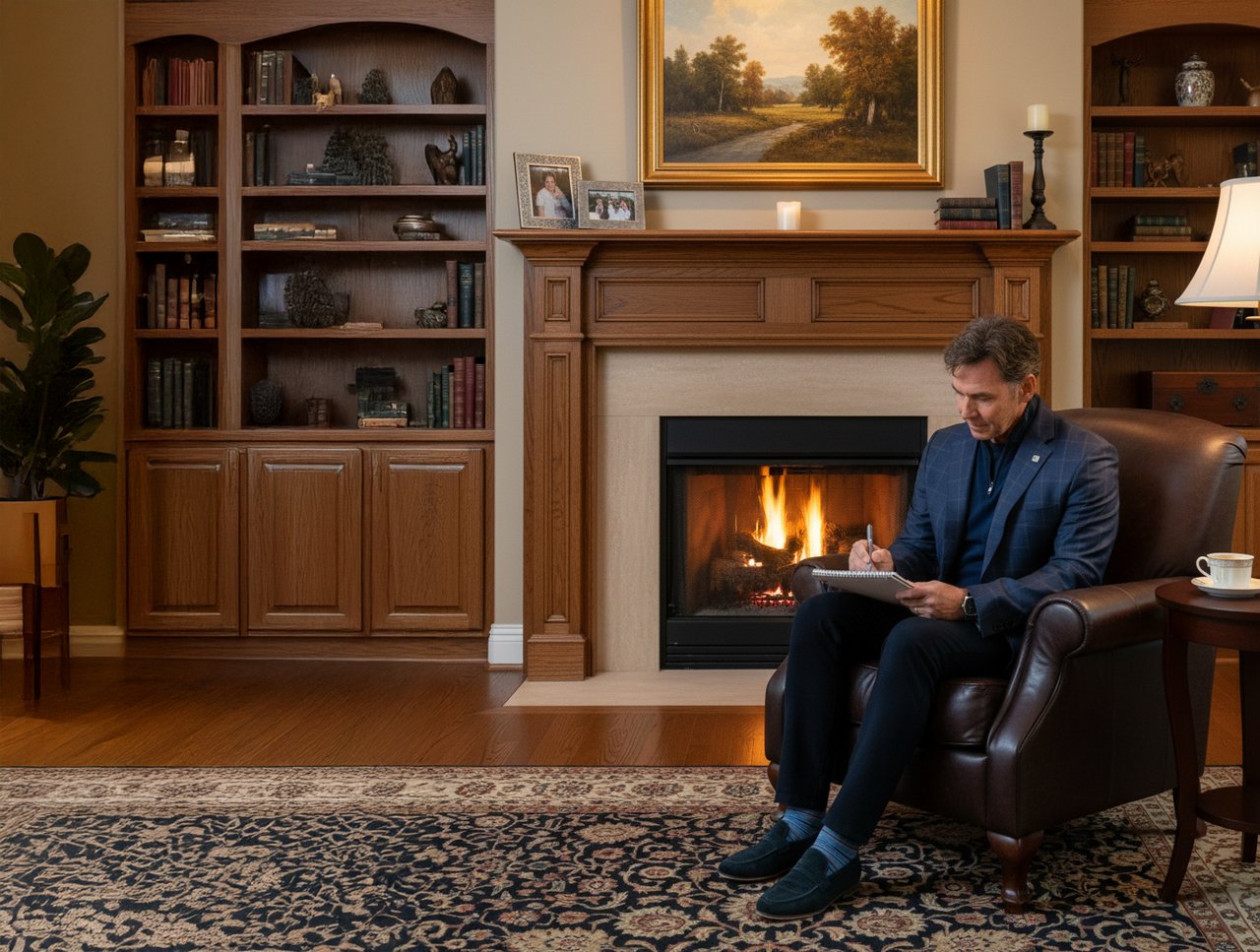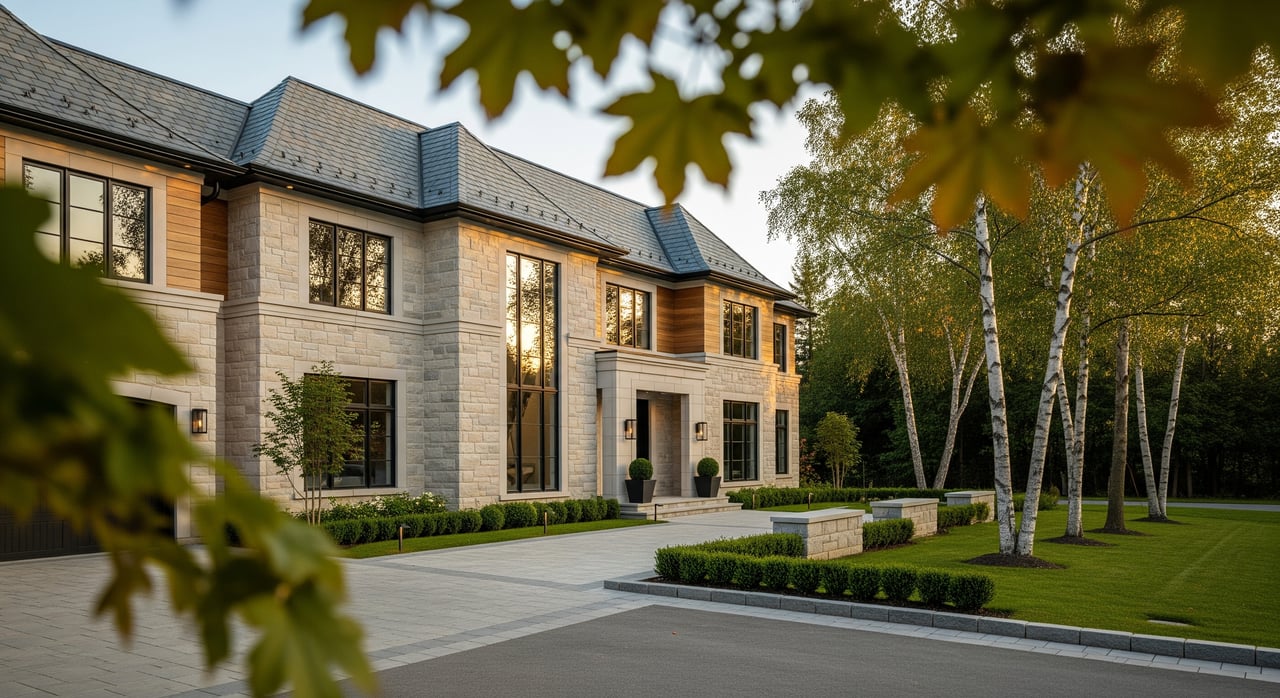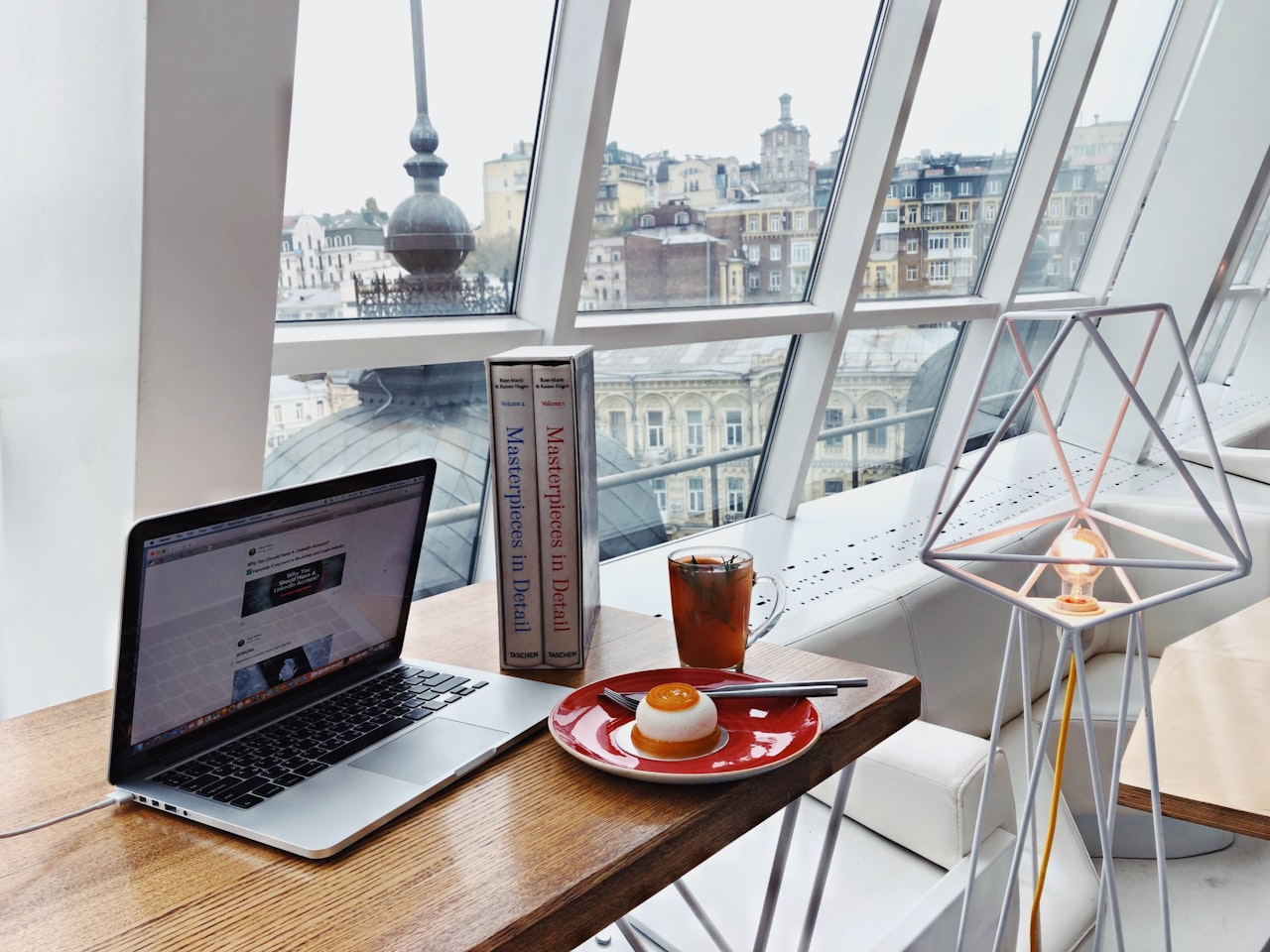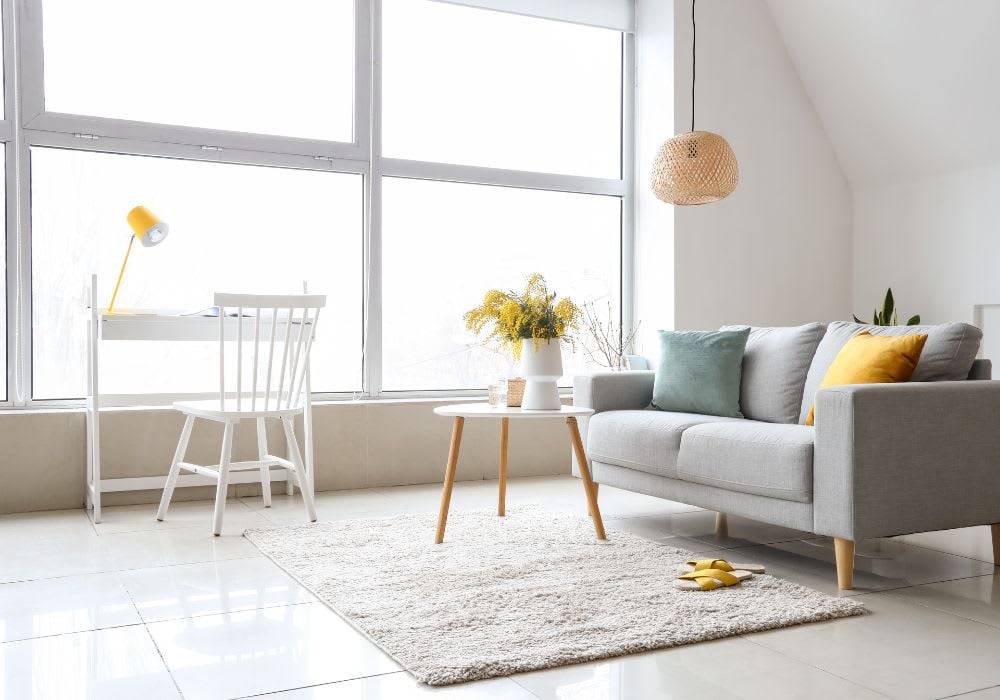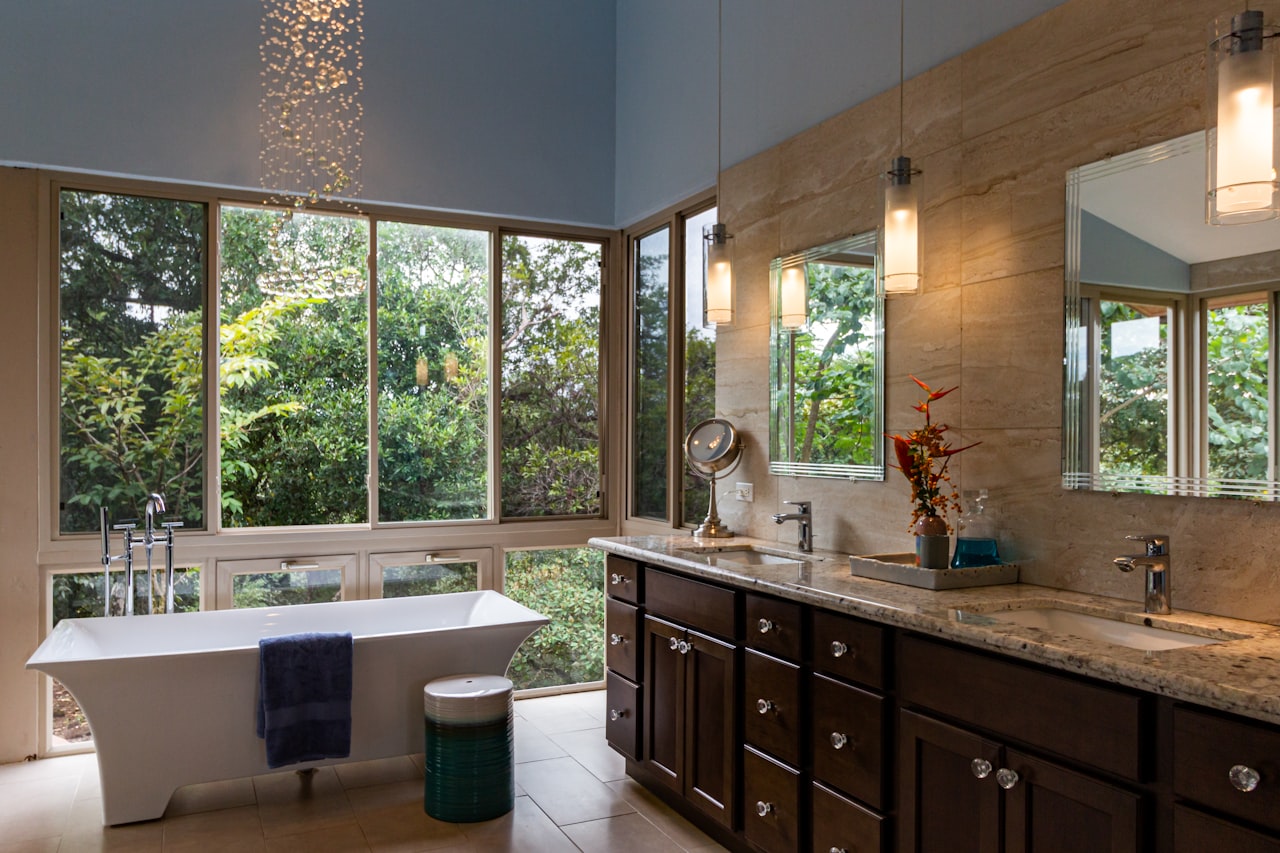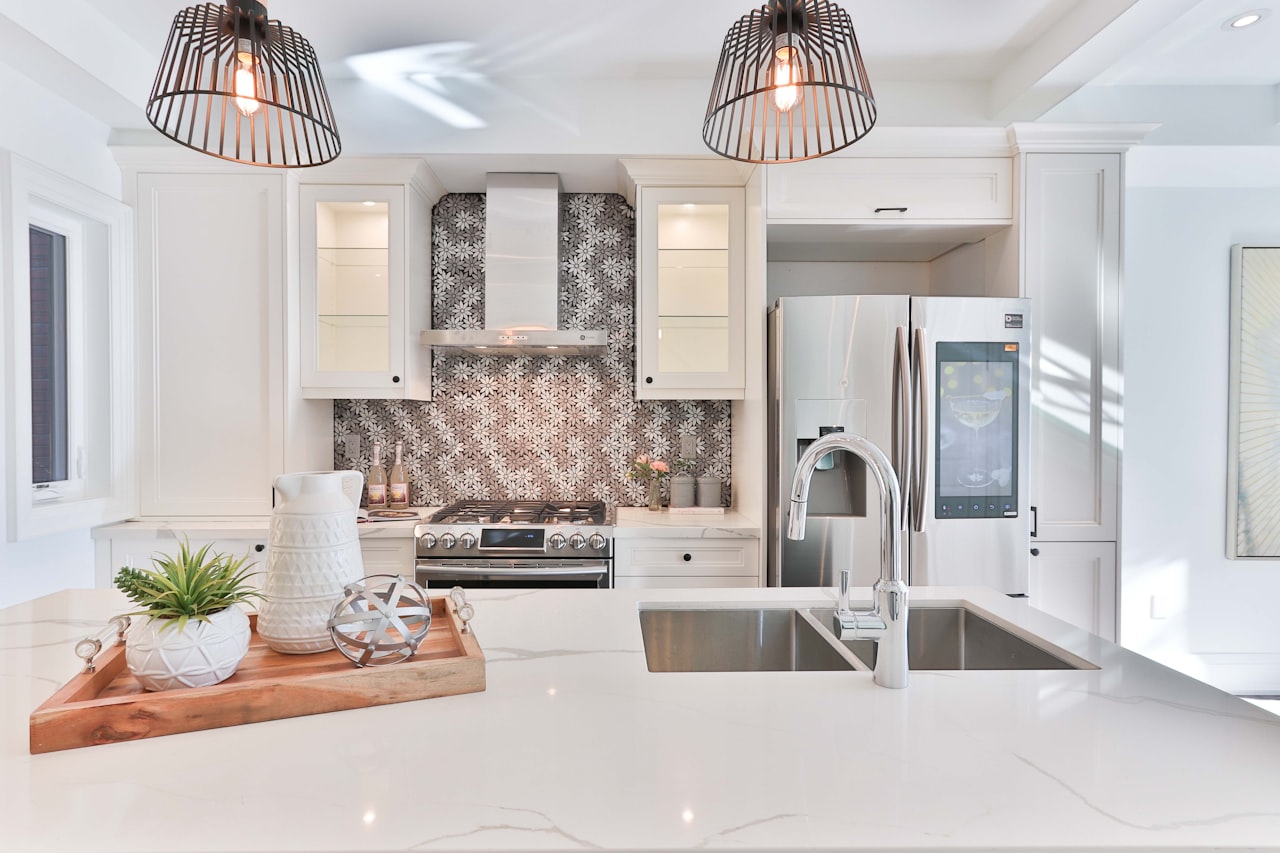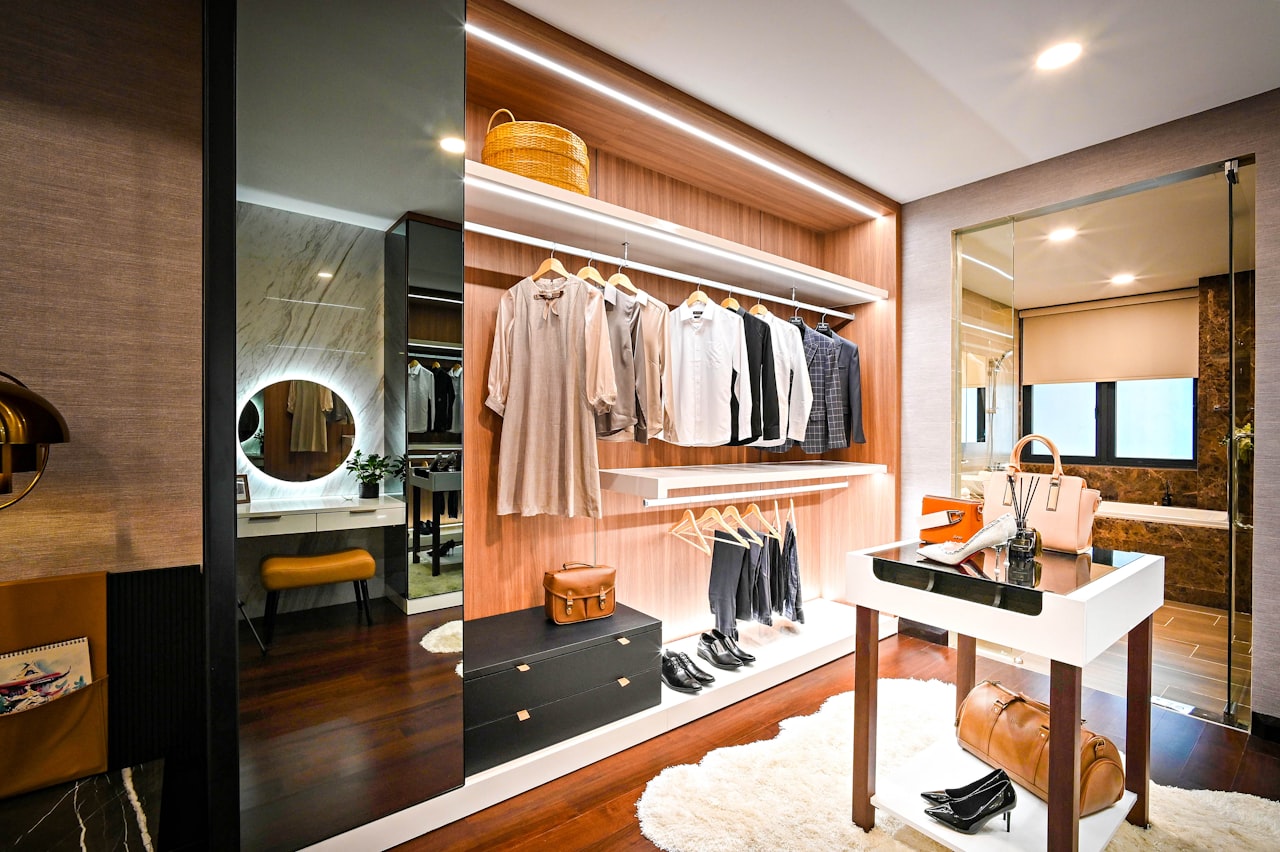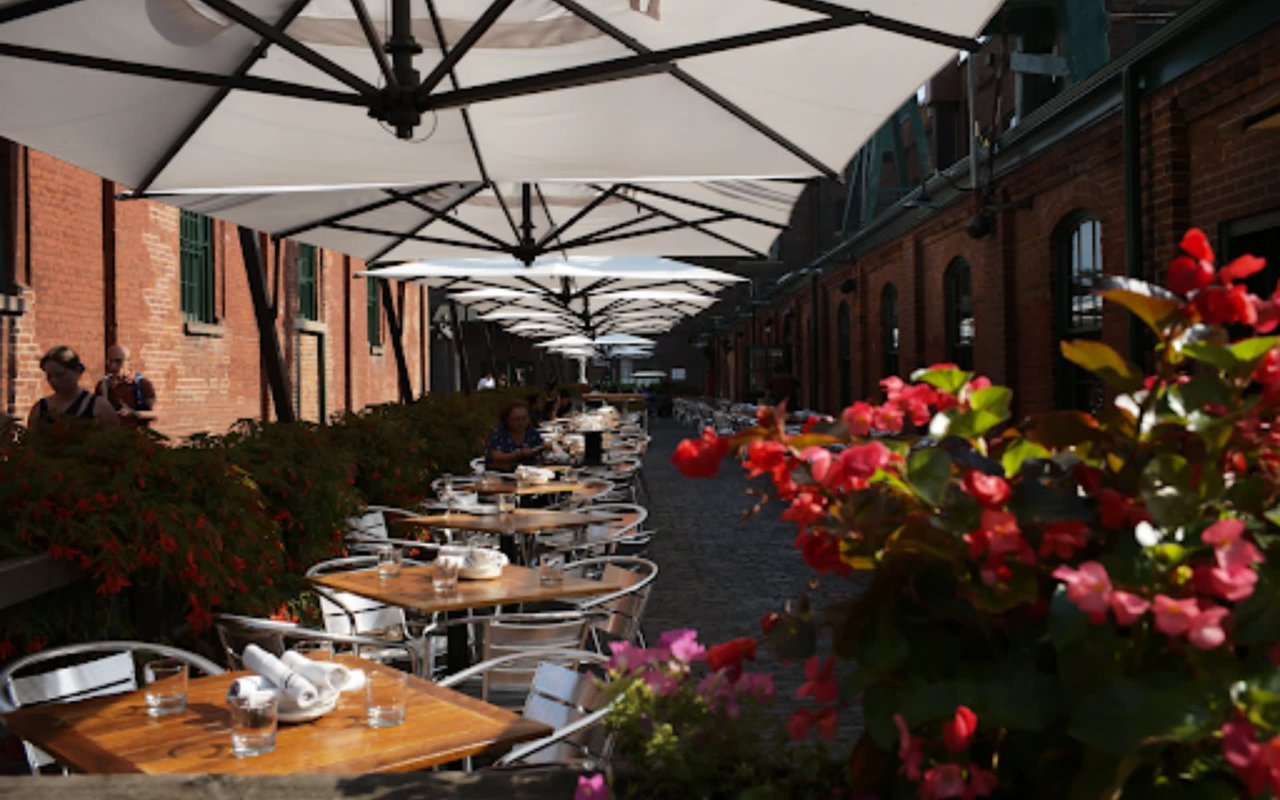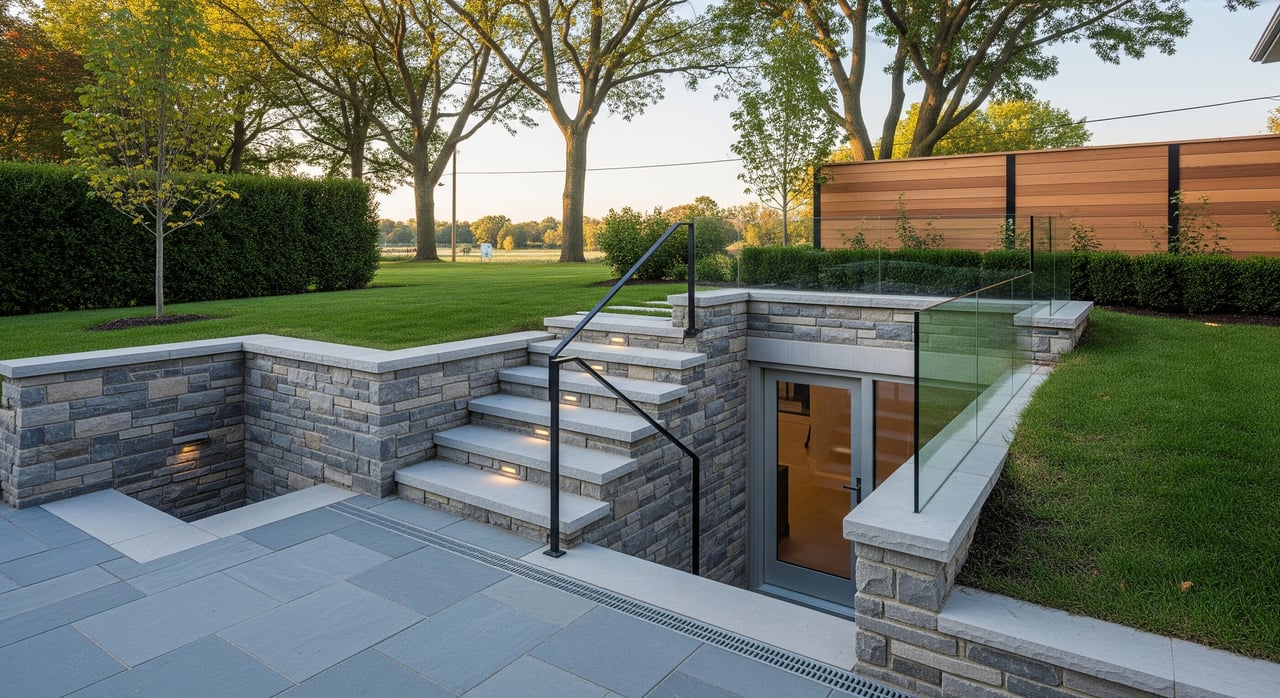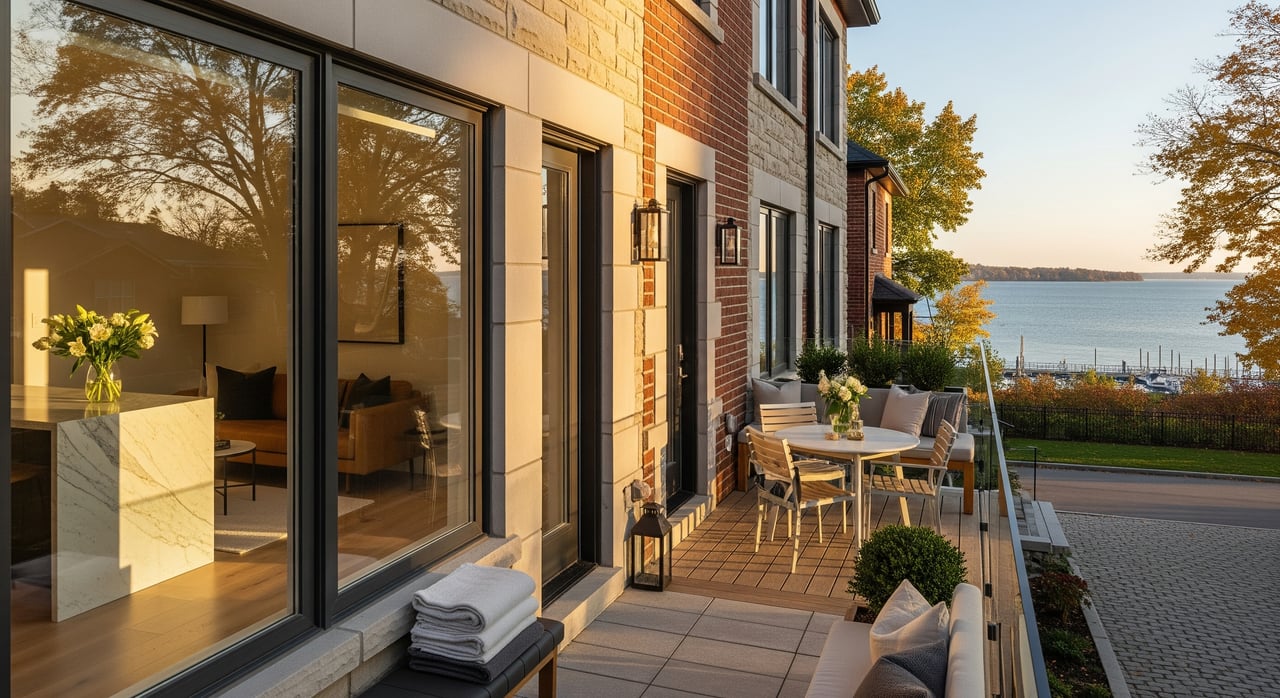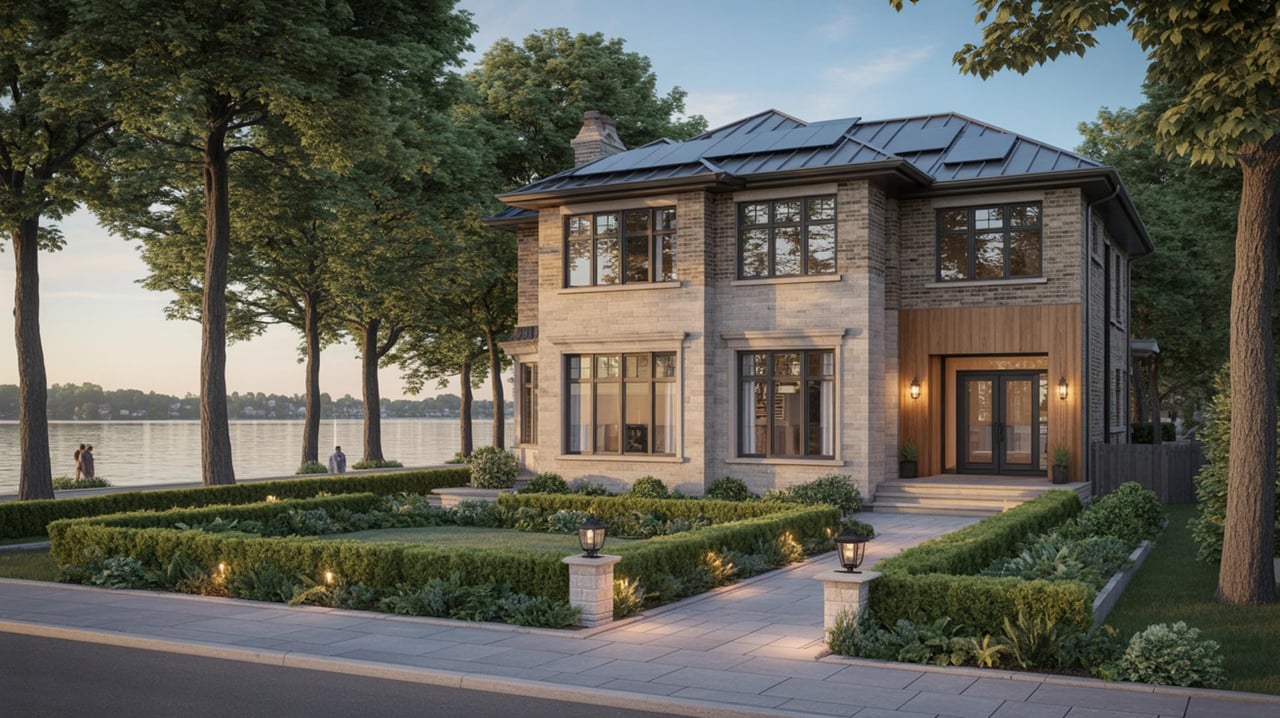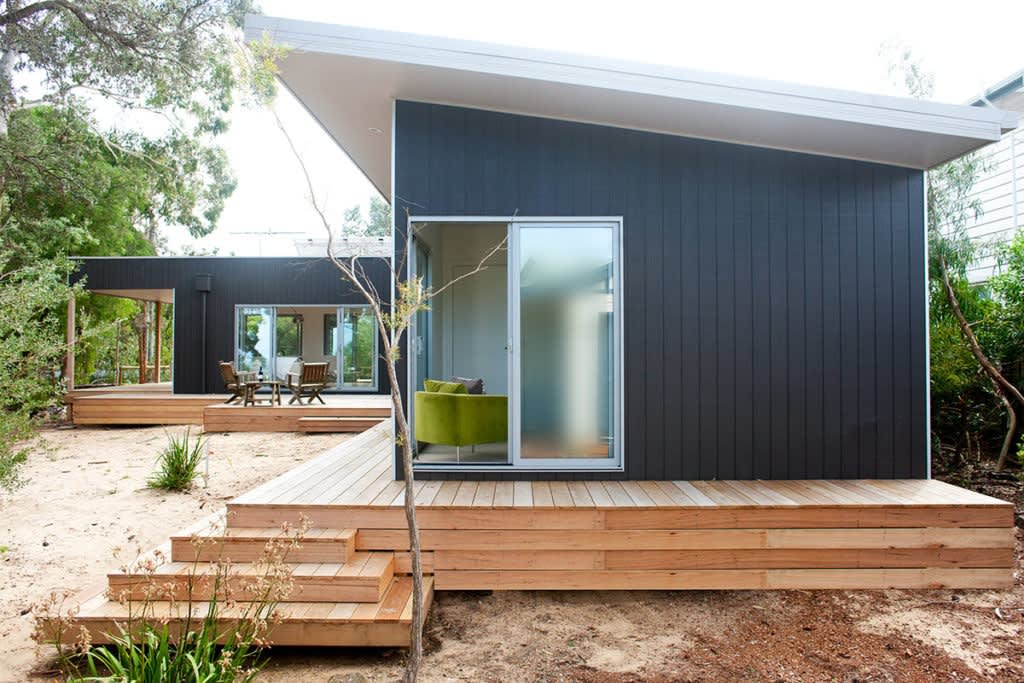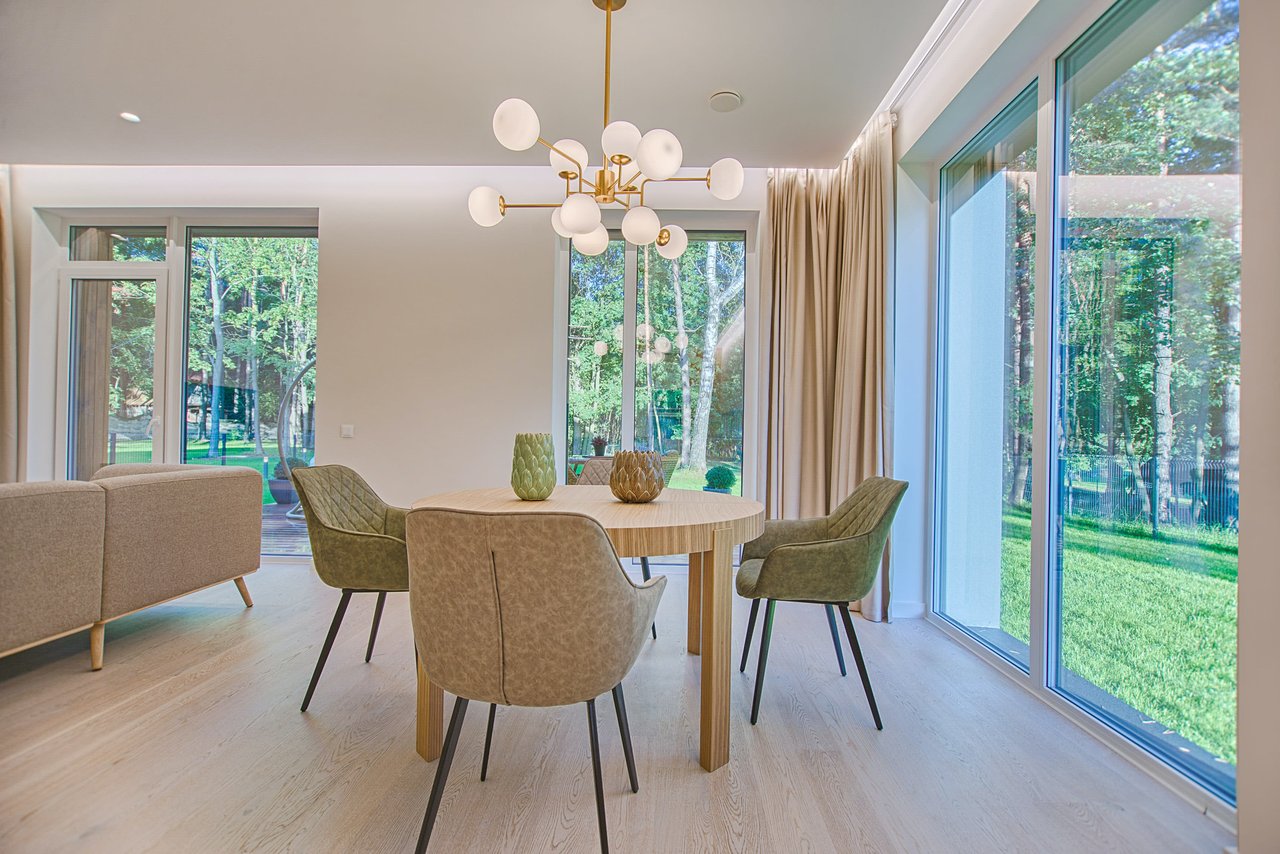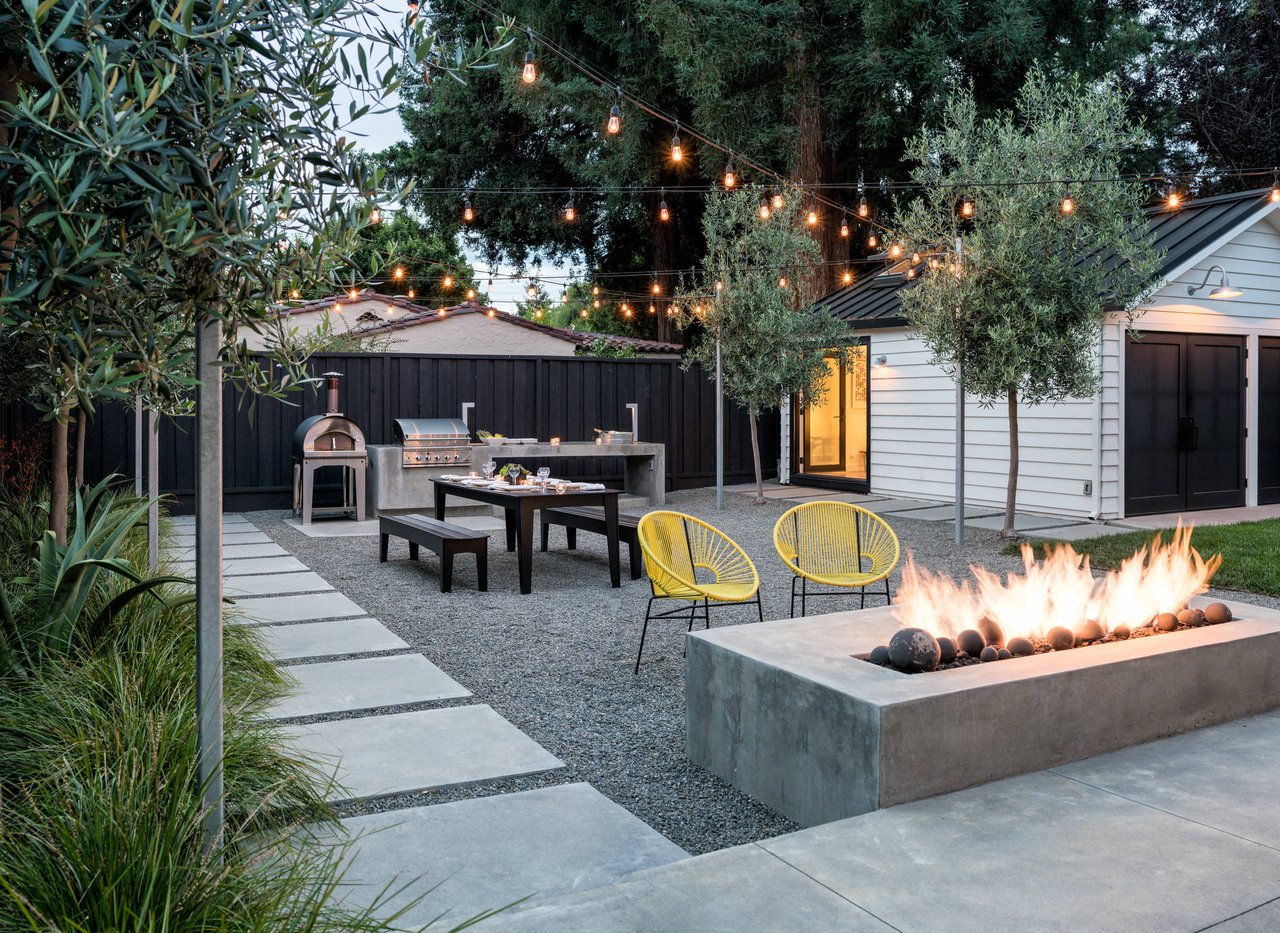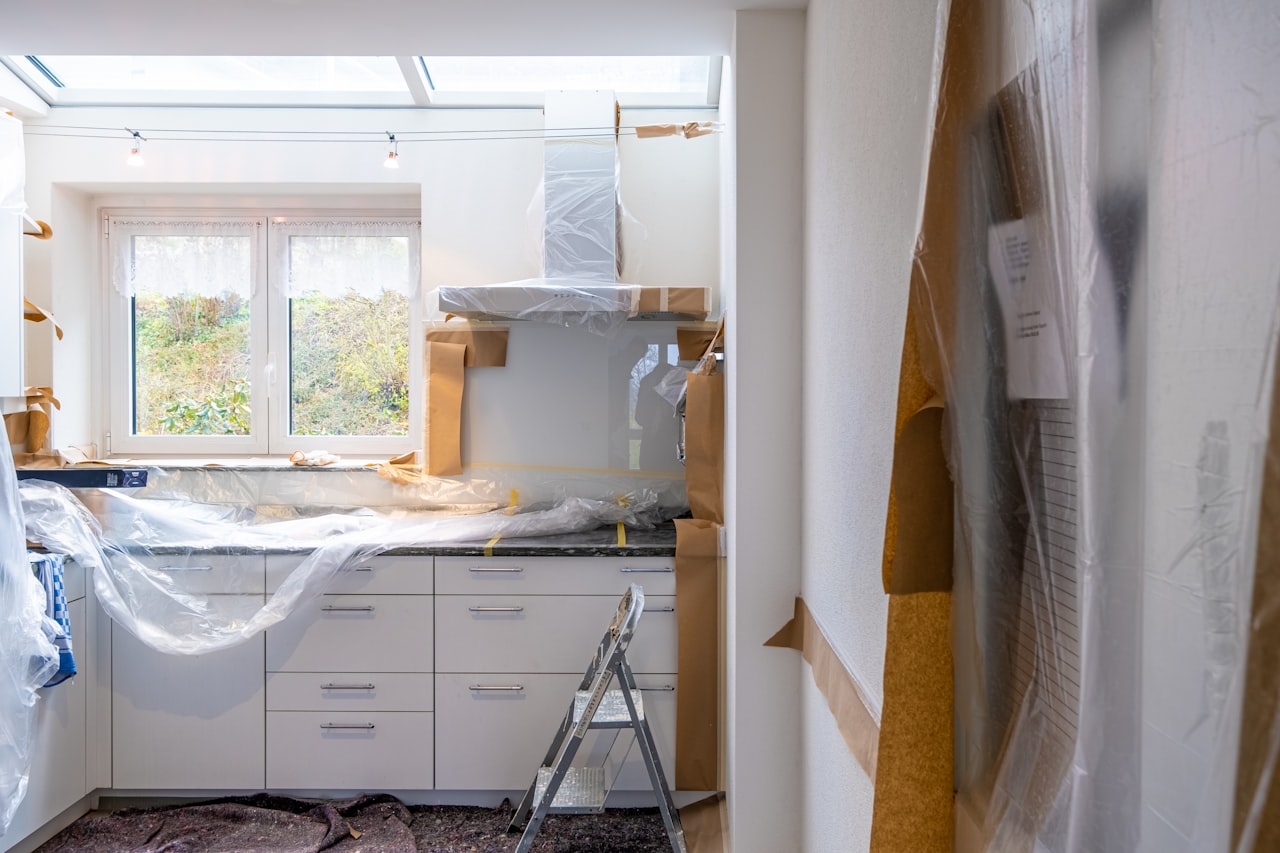Organize, Choose Secondary Colours and Incorporate Décor They Love
School days have begun, and now is the time to upgrade your kid's studying space.
A creative space for concentration is key in the age of constant distraction. “Many kids haven’t yet mastered self-control when it comes to screens and notifications. Boundaries are needed around the type of technology allowed in this space in order to foster study skills, curiosity and creation.” —Designer, Mel Bean from Tulsa, Oklahoma. But that doesn’t mean these rooms should be dull and serious. “I would argue it’s a requirement that the space feels totally reflective of their personalities,” says Bean.
In this article, two veteran design-pros shared their thoughts on creating an orderly yet inspiring space for kids to learn and do schoolwork at ease.
Designate Dedicated Areas
A study space should be organized, which definitely means utilizing storage is a must. But also, that each space is for a different activity. When drawing down the study room, dedicate areas for each activity and try to leave some open space to move around. “I also believe for a study space to work, the child should feel they ‘own it.’ That is why I try learning a bit about them––hobbies, colours they like or dislike and subjects that will be studied in the space. I believe that the spaces should be conducive to their activities. Look for ways they will feel more comfortable exercising each task. And as always, be mindful that these are kids. Look for a desk that is easy to wipe; chairs that use performance fabrics; carpets that are cleanable and wall paint that is washable.” —Designer, Mel Bean.
Preferably, a child’s study space should be separate from their bedroom, like an adjoining room. Studies have shown that children are more productive when there's an area for their sleep and another one for their schoolwork.
Select Secondary Colours for Concentration
“Colours such as green or orange are best for concentration and fun at the same time, so we like to incorporate those into study spaces when possible. A great way to integrate the colours would be in the furniture or with a fun piece of art to evoke creativity. I love to see organic patterns in fabric or wallcovering in a kid’s home study because they can be calming and inspiring. We also like to incorporate ergonomic desk chairs. They focus on efficiency and comfort in a working environment, so I can’t think of anything more important when it comes to kids’ home study areas.” —Malka Helft, founder of Think Chic Interiors in Westchester, New York.
Let the Kids Help with Décor
There is a couple of "must haves" when it comes to kids’ study space: a desk with a comfortable chair and good lighting combined with more of a loungey spot to read. For a child, this reading nook can include a canopy for a sense of privacy. For a teen, this may be a modern chair and ottoman with a side table surrounded by art they love. This is where we can let go of some control, and get the kids involved.
